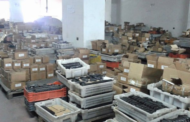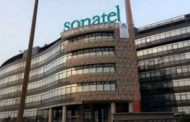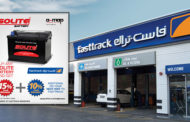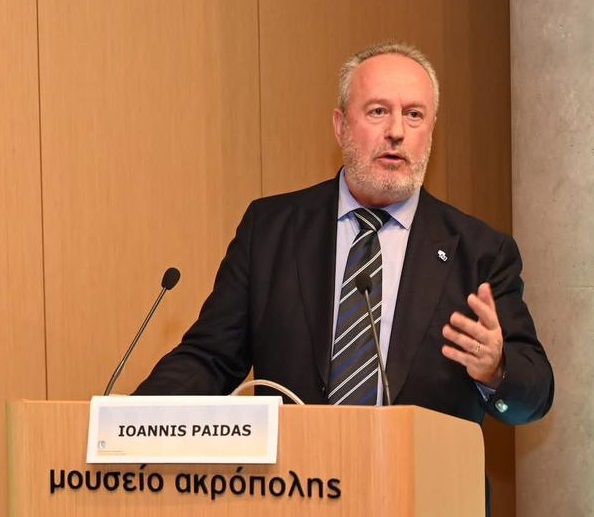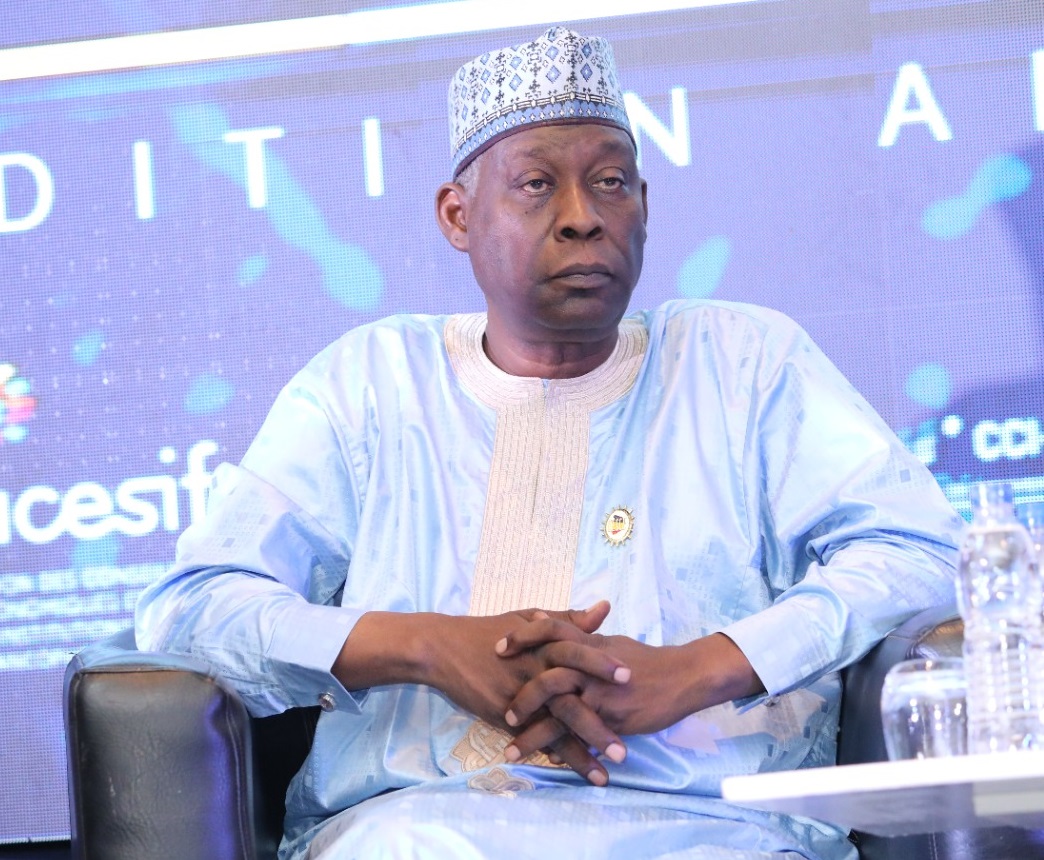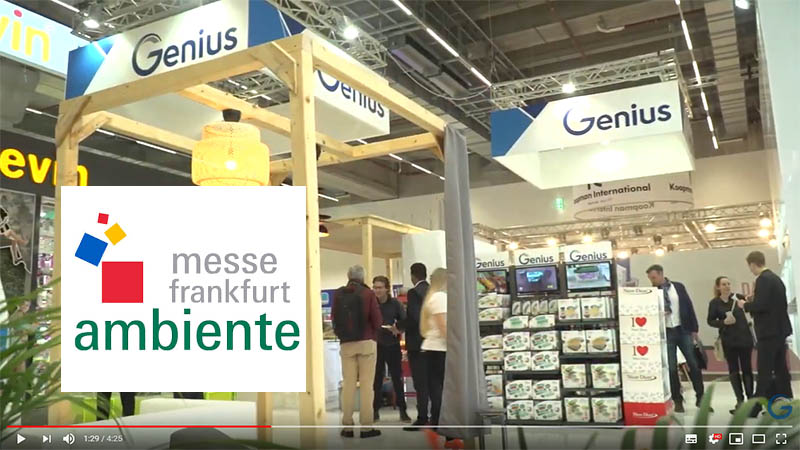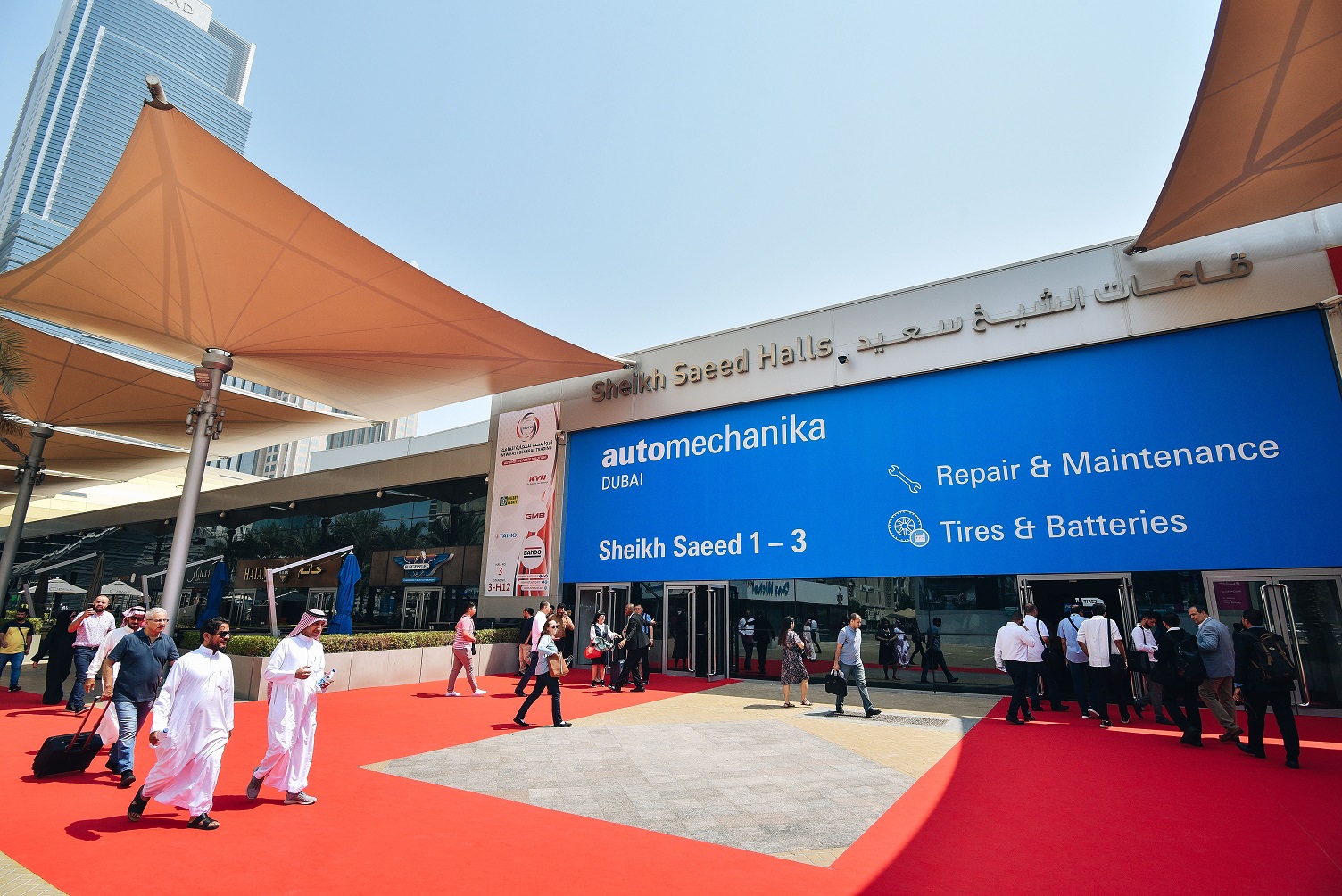The East African Community (EAC) is the regional intergovernmental organisation of Burundi, Kenya, Rwanda, Tanzania and Uganda, with its headquarters in Arusha, Tanzania. The EAC aims to create a prosperous, competitive, secure, stable and politically united East Africa; and the Mission is to widen through increased competitiveness, value added production, trade and investments.The EAC countries established a Customs Union in 2005 and a Common Market in 2010. The next phase of the integration will see the bloc enter into a Monetary Union and ultimately become a Political Federation of the East African States.
 The realisation of a large regional economic bloc encompassing Burundi, Kenya, Rwanda, Tanzania and Uganda with a combined population of more than 130 million people and a combined Gross Domestic Product of $74.5 billion, bears great strategic and geopolitical significance and prospects of a renewed and reinvigorated East African Community.
The realisation of a large regional economic bloc encompassing Burundi, Kenya, Rwanda, Tanzania and Uganda with a combined population of more than 130 million people and a combined Gross Domestic Product of $74.5 billion, bears great strategic and geopolitical significance and prospects of a renewed and reinvigorated East African Community.
The regional integration process is at a high pitch at the moment as reflected by the encouraging progress of the East African Customs Union and the establishment in 2010 of the Common Market.
The negotiations for the East African Monetary Union, which commenced in 2011, and fast tracking the process towards East African Federation all underscore the serious determination of the East African leadership and citizens to construct a powerful and sustainable East African economic and political bloc.
A single market has many benefits. With full freedom of movement for all the factors of production between the member countries, the factors of production become more efficiently allocated, further increasing productivity.
For both business within the market and consumers, a single market is a very competitive environment, making the existence of monopolies more difficult. This means that inefficient companies will suffer a loss of market share and may have to close down. However, efficient firms can benefit from economies of scale, increased competitiveness and lower costs, as well as expect profitability to be a result.
Consumers are benefited by the single market in the sense that the competitive environment brings them cheaper products, more efficient providers of products and also increased choice of products. What is more, businesses in competition will innovate to create new products; another benefit for consumers.
Other benefits include common and coordinated policies that increase efficiency especially in those countries that are behind in their instituting good policies. In addition the common regulatory regime and frameworks ensure that best practice within the regional framework is not only in place but adhered to. The closeness of market “single” ensure that good procedures are instituted and practiced and thus creates a kind of seamless market.
In addition, by being in common market and practising common policies and regulations countries in the trading bloc become their “brothers’ keepers” and therefore they create a system of surveillance upon one another based on “best endeavours” and at time backed by legal systems. This in a way creates an efficient bloc that will operate in a higher indifference curve in consumption and efficient production curve.
Under the Common Market Protocol, Partner States agreed to remove all barriers and restrictions on the movement, sale, investment and payments of capital. Partner States have also agreed to remove any discrimination based on the nationality or on the place of residence of the persons or on the place where the capital is invested.




